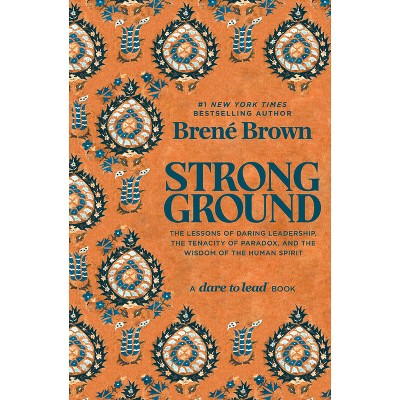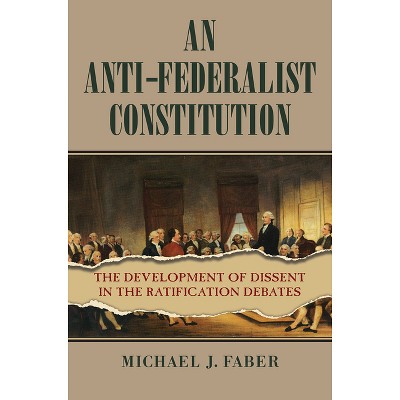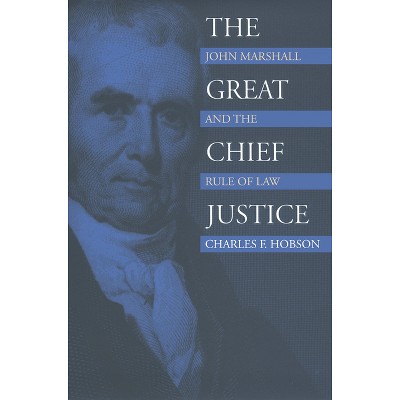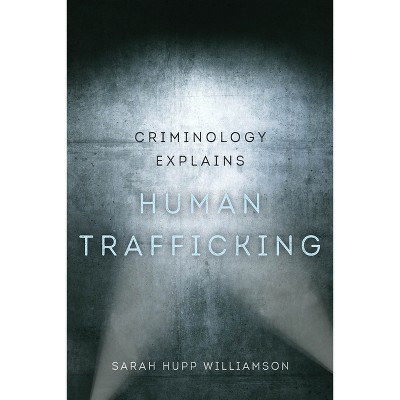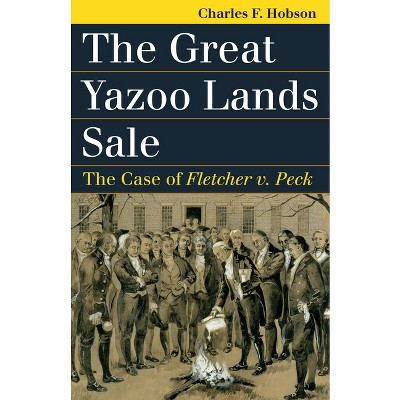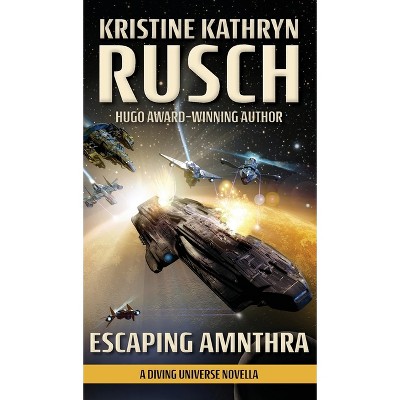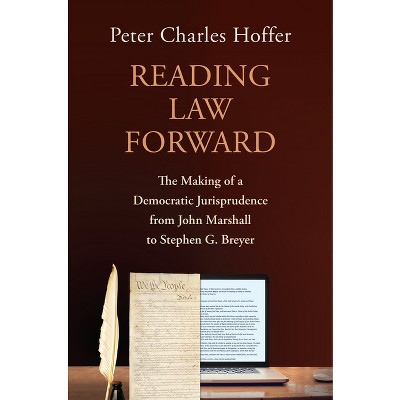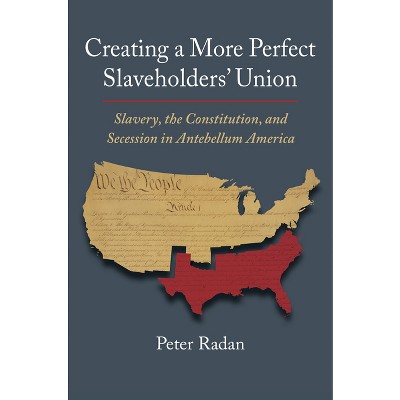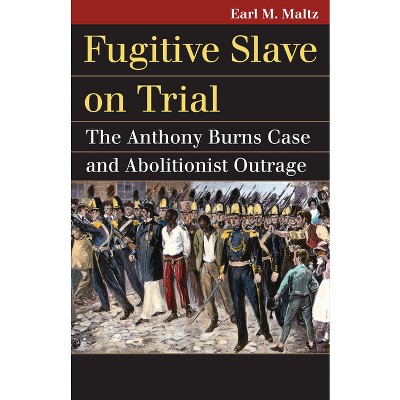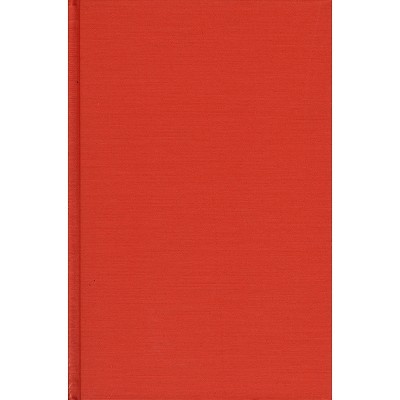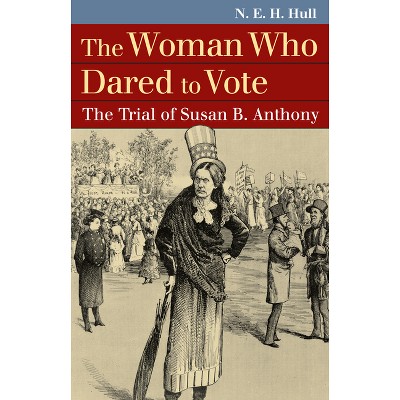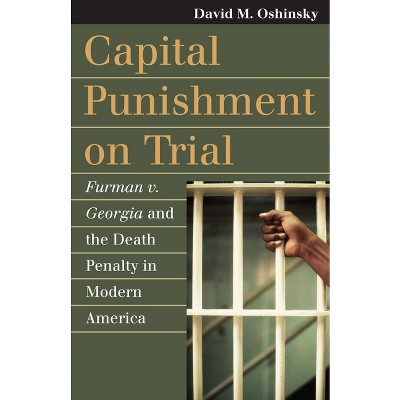Sponsored

Limits of Constraint - by James B Staab (Hardcover)
In Stock
Sponsored
About this item
Highlights
- Adherents of originalism often present it as a theory that constrains legal decision-making in a clear and objective manner that is based on the text and original meaning of the Constitution, in contrast to the supposedly subjective and "activist" jurisprudence of those who promote a living Constitution.
- Author(s): James B Staab
- 448 Pages
- Freedom + Security / Law Enforcement, Jurisprudence
Description
About the Book
"Adherents of originalism often present it as a theory that constrains legal decisions in a clear and objective manner, based on the original text of the Constitution and the intentions of the Framers-in contrast to the supposedly subjective and "activist" jurisprudence of those who promote a living Constitution. But originalists have not had the same views on constitutional issues, calling into question the theory of originalism. The Limits of Constraint examines the originalist jurisprudence of Hugo Black, Antonin Scalia, and Clarence Thomas, showing that the Court's three originalists have arrived at different conclusions in a large number of constitutional areas. While the starkest contrast is between Justice Black and Justices Scalia and Thomas, even the latter two justices have disagreed on a number of key issues, including executive power and the administrative state. James Staab shows that originalism in actual practice does not deliver on its promise of an objective jurisprudence free of bias and so-called judicial activism"--Book Synopsis
Adherents of originalism often present it as a theory that constrains legal decision-making in a clear and objective manner that is based on the text and original meaning of the Constitution, in contrast to the supposedly subjective and "activist" jurisprudence of those who promote a living Constitution. But originalists have not had the same views on constitutional issues, calling into question the theory of originalism. Limits of Constraint examines the originalist jurisprudence of Hugo Black, Antonin Scalia, and Clarence Thomas, showing that three of the Court's originalists have arrived at different conclusions in many constitutional areas. While the starkest contrast is between Justice Black and Justices Scalia and Thomas, even the latter two justices have disagreed on several key issues, including executive power and the administrative state. James Staab shows that originalism in actual practice does not deliver on its promise of an objective jurisprudence free of personal philosophy and discretion. Rather than rehash theoretical debates about the merits of originalism, Limits of Constraint examines originalism in operation by focusing on the judicial opinions of three prominent Supreme Court originalists: Hugo Black, Antonin Scalia, and Clarence Thomas. If the analysis of this book is correct--that is, the results reached by Justices Black, Scalia, and Thomas are divergent across a wide array of constitutional areas--then originalism promises more than it can deliver. One of the fundamental claims made by originalists is that their theory of constitutional interpretation limits judicial discretion, but originalism does not constrain judicial behavior as much as its defenders claim.Review Quotes
"Staab's analysis of Black, Scalia, and Thomas helpfully draws important distinctions in the reasoning of justices who often reach the same conclusions via differing intellectual paths."--Perspectives on Politics
"Through painstaking analysis of three influential Supreme Court justices' opinions, Limits of Constraint succeeds in bringing Hugo Black's jurisprudence into contemporary debates about originalism and also highlighting and analyzing a wide range of cases where Antonin Scalia and Clarence Thomas reached different conclusions."--John Dinan, author of Keeping the People's Liberties: Legislators, Citizens, and Judges as Guardians of Rights
"This book is a timely and engaging analysis of the jurisprudence of three Supreme Court justices, all of whom have ostensibly adhered to the same standards in search of objectivity in constitutional interpretation. With rich and balanced detail and documentation, James Staab's examination of textualism and originalism, as practiced by Justices Black, Scalia, and Thomas, convincingly concludes that these tools offer little objectivity in channeling judicial choice."--James Magee, Judge Hugh M. Morris Professor Emeritus, University of Delaware
Shipping details
Return details
Frequently bought together

Trending Non-Fiction





